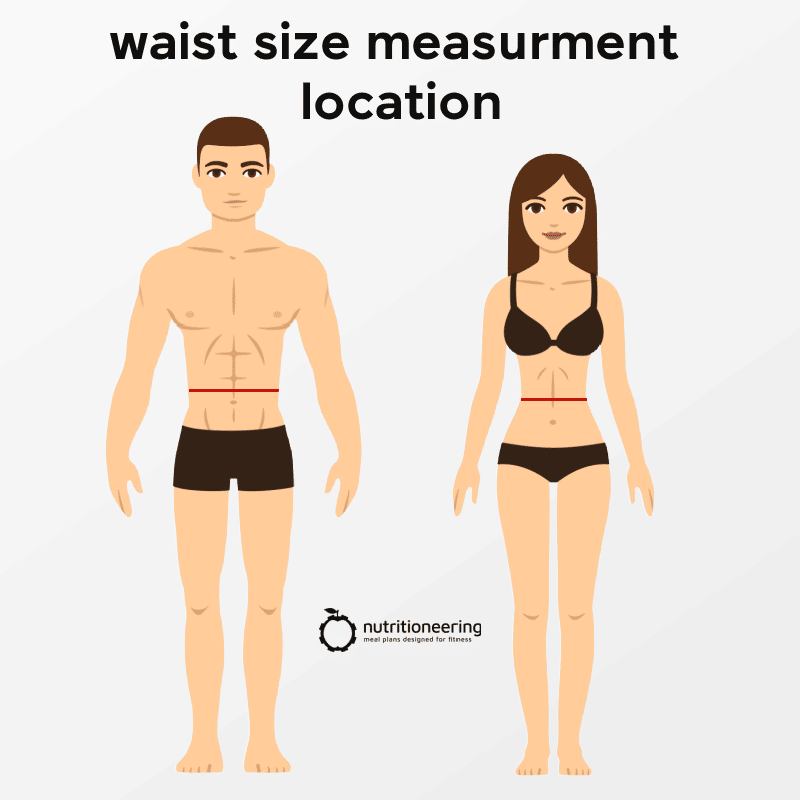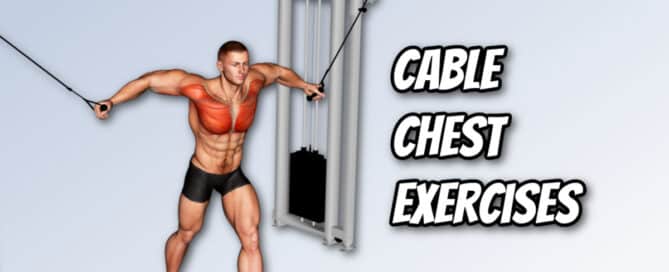How Realistic Is 26 Inch Waist?
By: Jeremy Fox, CNC, CPT – Published: August 24, 2023
Are you struggling to figure out what your waist size means for your clothes, fitness, and overall health? It can be difficult to know if a 26-inch waist is a reasonable target or if you should set your sites on a different number.
But don’t worry – I’m here to help! In this article, I’ll give you the answers to all your burning questions about waist size.

What is a 26 Inch Waist?
A waist measurement is the circumference around your abdomen. It is used to buy clothing and assess risk for health problems like heart disease and diabetes. However, measuring your waist correctly is critical to know if it is really 26 inches around.
How to Measure Your Waist
To measure your waist size accurately, use a flexible tape measure. Wrap it around your waist above the hip bone, parallel to the floor. Pull it snug but not tight, and take the reading at the end of a normal exhale without sucking in your stomach. The point where the tape intersects is your waist size.

Is a 26 Inch Waist Healthy?
Having a 26-inch waist is considered relatively small compared to the average person and is a sign of good overall health and fitness. It also indicates low abdominal fat, which is an additional factor in determining health. Pairing a small waist with a low waist-to-hip ratio can further indicate good health and fitness.
How Likely Are You to Have a 26 Inch Waist?
The likelihood of having a 26″ waist depends on gender and overall fitness. Physically fit women may have a waistline of 26 inches, while even the thinnest men are unlikely to have a waist that small. Let’s explore some waist size statistics.
26 Inch Waist for Women
The average waist size for American women is 35.6 inches, so 26 inches is significantly smaller than average. However, it’s important to note that this number is skewed by the fact that 3 out of 4 adult women in the US are overweight or obese.
A survey of women in the US Army, who are generally more fit, shows that their average waist size is 28.2 inches. Thus, a 26″ waist is more common among active women.
Table 1. 26 Inch Waist for Women
| Normal | Fitness | |
|---|---|---|
| 1st | 25.4 | 23.9 |
| 5th | 27.8 | 25.1 |
| 10th | 28.9 | 25.7 |
| 15th | 30.0 | 26.1 |
| 20th | 30.7 | 26.5 |
| 25th | 31.6 | 26.8 |
| 40th | 33.9 | 27.7 |
| 50th | 35.6 | 28.2 |
| 60th | 37.2 | 28.9 |
| 75th | 40.3 | 30.0 |
| 80th | 41.5 | 30.5 |
| 85th | 42.8 | 31.1 |
| 90th | 44.7 | 31.9 |
| 95th | 47.6 | 33.2 |
| 99th | 53.8 | 35.8 |
26 Inch Waist for Men
Among typical American men, the average waist size is 38.2 inches, and a 26-inch waist is almost unheard of. However, since the general population is largely overweight, it is better to compare yourself to fit men such as those in the military.
According to the US Army’s measurements, the average waist size of servicemen is 32.8 inches, with the smallest waist measurement being 25.5 inches. Therefore, even among fit men, a 26″ waist is extremely rare.
Table 2. 26 Inch Waist for Men
| Normal | Fitness | |
|---|---|---|
| 1st | 27.8 | 27.5 |
| 5th | 30.0 | 28.7 |
| 10th | 31.6 | 29.5 |
| 15th | 32.8 | 30.0 |
| 20th | 33.9 | 30.5 |
| 25th | 34.8 | 31.0 |
| 40th | 36.9 | 32.1 |
| 50th | 38.2 | 32.8 |
| 60th | 39.6 | 33.6 |
| 75th | 42.2 | 35.0 |
| 80th | 43.4 | 35.5 |
| 85th | 44.8 | 36.2 |
| 90th | 46.4 | 37.0 |
| 95th | 49.5 | 38.2 |
| 99th | 56.2 | 40.5 |
26 Inch Waist FAQ
Now you know how small a 26″ waist is for men and women. But you might have more questions about this topic. So here are some quick answers to common queries.
What size is a 26 inch waist?
A 26-inch waist typically corresponds to a US dress size of 0 or a European size 32, which is an international size XXS for women’s clothing.
What pants size is a 26 inch waist?
A waist size of 26 inches generally corresponds to a pant size of 24 for women. So your jeans size doesn’t always reflect your actual waist size.
One reason for this is how you wear your pants. For example, women’s pants tend to sit higher on the waist, close to the measurement site.
In addition, your actual waist size may not reflect your pant size due to your body proportions. For instance, you may need to size up if you have thicker thighs or a bigger butt.

Is a 26 inch waist good for a woman?
For women, the ideal waist size depends on body type and height. While a 26-inch waist may be attainable for active women, it’s not a universal target for improving overall health and wellness.
Is a 26 inch waist good for a man?
For most men, achieving a 26-inch waist is unrealistic due to the average male’s larger size. However, a naturally thin adolescent male could likely have this waist size, depending on their age and body type.
Waist Size and Body Type
Your waist circumference can be affected by your body type. For example, the ectomorph body type has straighter lines and a naturally smaller waist. By comparison, the endomorph body type has more curves and a thicker waist.
As a result, it’s vital to use specific diet and workout strategies to reduce your waist size based on your body type.
Next Step: Take My Free Body Type Quiz
More Waist & Body Size Statistics
If you found this waist size information useful, you’ll definitely be interested in these related body measurement articles.
What a 20 Inch Waist Looks Like
Average Wrist Size & Why It Matters
Average Arm Size by Gender & Height
For even faster results in reaching your fitness goals, check out these additional articles on nutrition, supplements, and workouts.
References
1) Dobbelsteyn, C. J., et al. “A comparative evaluation of waist circumference, waist-to-hip ratio and body mass index as indicators of cardiovascular risk factors. The Canadian Heart Health Surveys.” International journal of obesity 25.5 (2001): 652-661.
2) Feller, Silke, Heiner Boeing, and Tobias Pischon. “Body mass index, waist circumference, and the risk of type 2 diabetes mellitus: implications for routine clinical practice.” Deutsches Ärzteblatt international 107.26 (2010): 470.
3) World Health Organization. “Waist circumference and waist-hip ratio: report of a WHO expert consultation, Geneva, 8-11 December 2008.” (2011).
4) Ford, Earl S., Ali H. Mokdad, and Wayne H. Giles. “Trends in waist circumference among US adults.” Obesity research 11.10 (2003): 1223-1231.
7) National Health Statistics Reports, & Stierman, B., National Health and Nutrition Examination Survey 2017–March 2020 Prepandemic Data Files—Development of Files and Prevalence Estimates for Selected Health Outcomes (n.d.).
6) United States, Congress, Research, Development, and Engineering Center, et al. 1988 ANTHROPOMETRIC SURVEY OF U.S. ARMY PERSONNEL: METHODS AND SUMMARY STATISTICS, 1988, pp. 298-299.











